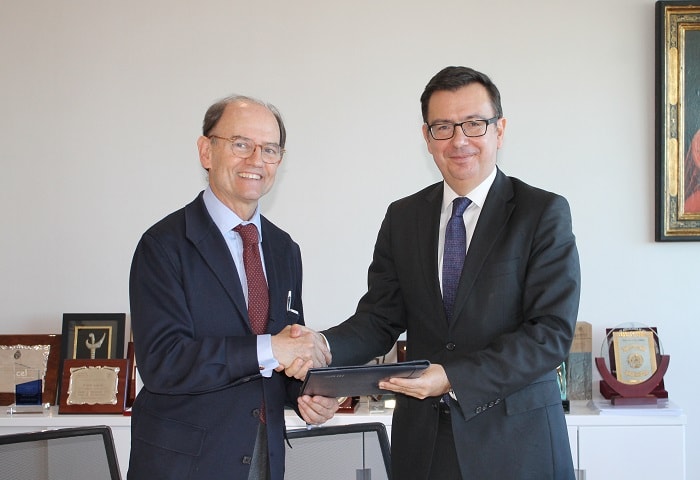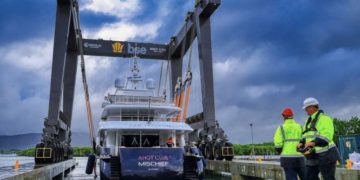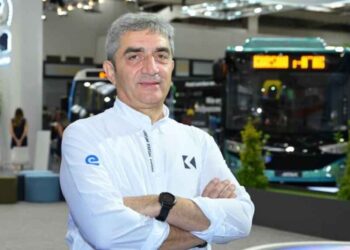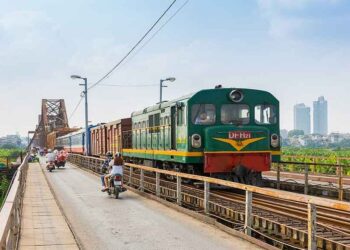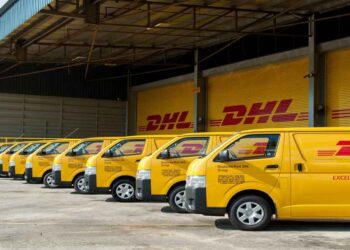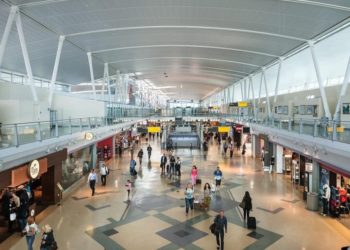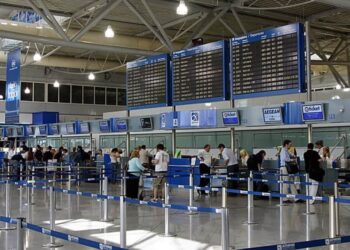In 2003, construction began on the Stormwater Management and Road Tunnel (SMART) project – the longest and most technologically advanced tunnel in Malaysia. The 13.2m diameter tunnel consists of a 9.7km stormwater bypass tunnel, with a 4km dual-deck motorway within the stormwater tunnel.
The main purpose of SMART is to solve the problem of flash flooding in Kuala Lumpur from the Sungai Klang and Kerayong rivers and also to reduce traffic jams during the daily rush hour. The motorway is suitable for light vehicles only.
SMART opened to traffic on 14 May 2007. The cost of the project was around MYR1,887m (approximately $514m). The project was commissioned by the Government of Malaysia. The tunnel handles 30,000 cars per day and has been used 44 times to divert floodwater.
LOCATION
The SMART tunnel begins at Kampung Berembang lake and ends at Taman Desa lake. The tunnel diverts floodwaters away from the confluence of the two major rivers that run through the centre of Kuala Lumpur. The risk of the city being flooded has been estimated to be once every 100 years.
The project also includes a storage reservoir and twin box culvert to divert any floodwater. In addition there is a holding basin with a diversion and dedicated tunnel intake structures. Ventilation is afforded by four 15m shaft structures, which were also used as the launching points for the tunnel boring machines.
For motorists, the tunnel will greatly reduce the travel time between the Jalan Istana Interchange and Kampung Pandan – from around 15 minutes down to just four minutes.
THREE-MODE OPERATION
The SMART tunnel works on a three-mode system:
MODE 1: Normal conditions. When there is low rainfall and no storm. The motorway section is opened to motorists
MODE 2: Moderate storm. The SMART system is activated and floodwater is diverted into the bypass tunnel in the lower channel of the motorway tunnel. The upper channel will still be open to motorists.
MODE 3: Storm. The tunnel will be closed to motorists. Once all vehicles have vacated the tunnel, automatic water-tight gates are opened to allow floodwater to pass through.
CONSTRUCTION
Kuala Lumpur sits on karstic limestone with a high ground water table. For this kind of geology it was decided that tunnel boring machines (TBMs) would be the most cost-effective and least damaging method to construct the tunnel.
After much research, two 13.2m diameter Slurry Shield TBMs were chosen. In terms of diameter, these are among the world’s largest. The Slurry Shield TBM consisted of four main parts:
Rotary Head Cutter, with tungsten pick bits used for excavation of soil and disc cutters used for the excavation of rock
Bulkhead, where a pressured bentonite slurry shield is formed to provide stability during the tunnel excavation
Hydraulic Rams, which were used to drive the machine forward and keep the tunnel in its correct position
Tunnel Lining Erector, used to install the pre-cast concrete wall lining
In addition to the above, the TBM featured two bogies on rails that house electrical, slurry pumping, ventilation equipment and cables/pipes.
Both Slurry Shield machines started from the JKR field area in Jalan Chan Sow Lin. One machine bored northwards, under Jalan Tun Razak and Jalan Desa Pandan and ended at the lake at Ampang, behind Gleneagles Hotel. The other TBM bored southwards, under the Jalan Chan Sow Lin and the KL-Seremban Highway alongside the Sg Besi airfield and terminated at the lake in Taman Desa.
Tunnelling began in 2004 and was completed in August 2006.
SAFETY
There are ventilation/escape shafts at 1km intervals throughout the tunnel. These will constantly renew the air and maintain the air quality within the motorway section of the tunnel.
To protect the ventilation system during flooding, the systems consist of a series of shafts, each containing an exhaust and fresh air injector.
This enables the fans to be located outside the tunnel, creating a longitudinal flow between shafts that allows the air in the tunnel to be continuously renewed and enables the extraction of exhaust fumes/smoke in the event of a fire.
CONTRACTORS
The turnkey contractor was the Malaysian Mining Corporation (MMC) Berhad–Gamuda Berhad joint venture. Gamuda proposed a public–private funding initiative (PPFI) for the $514m project, with the government financing $342m and the remaining $163m being funded by Gamuda and its joint venture partner. The project is operated by the Malaysian Mining Corporation (MMC) Berhad–Gamuda Berhad joint venture under a 40-year concession.
The MMC–Gamuda JV contracted Mott MacDonald to carry out the feasibility studies for the dual-purpose tunnel and then provide detailed design services to take the project from concept to construction. SSP Consultants were also involved in the tunnel’s design and overseeing the construction.
Comba Telecom Systems Holdings Limited was contracted to supply and install distributed antenna system for high-speed wireless communication across the tunnel. The installation was completed in June 2012.






